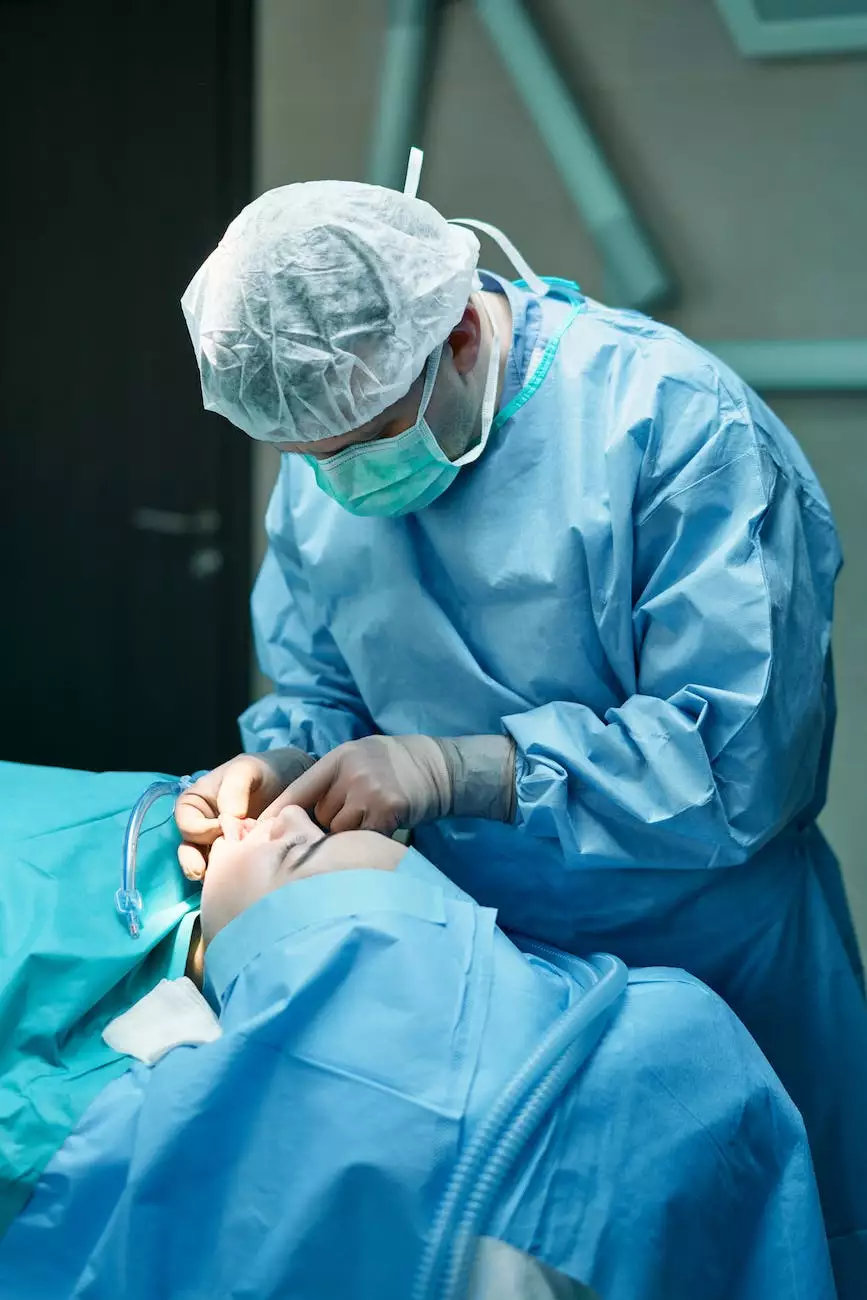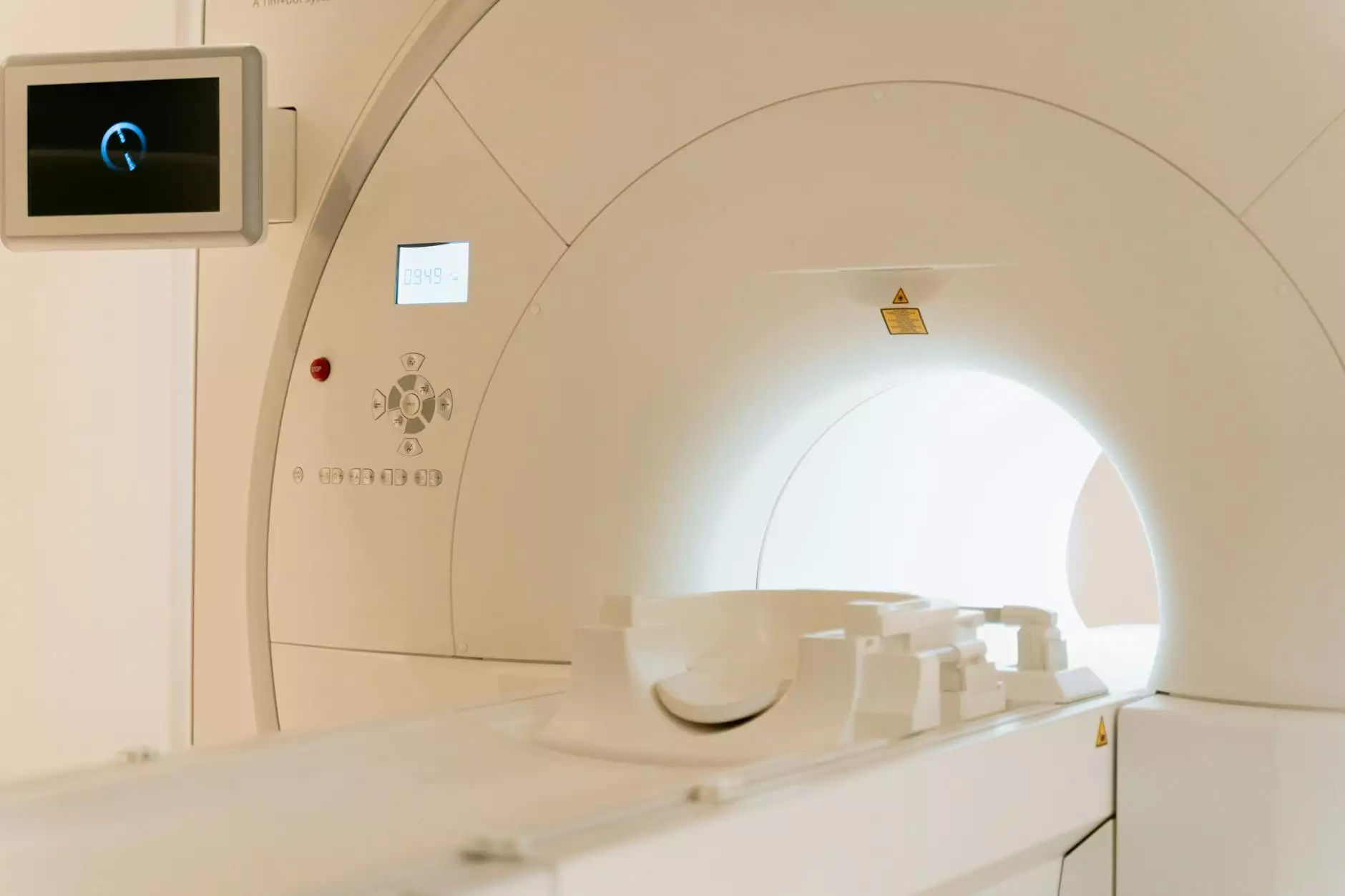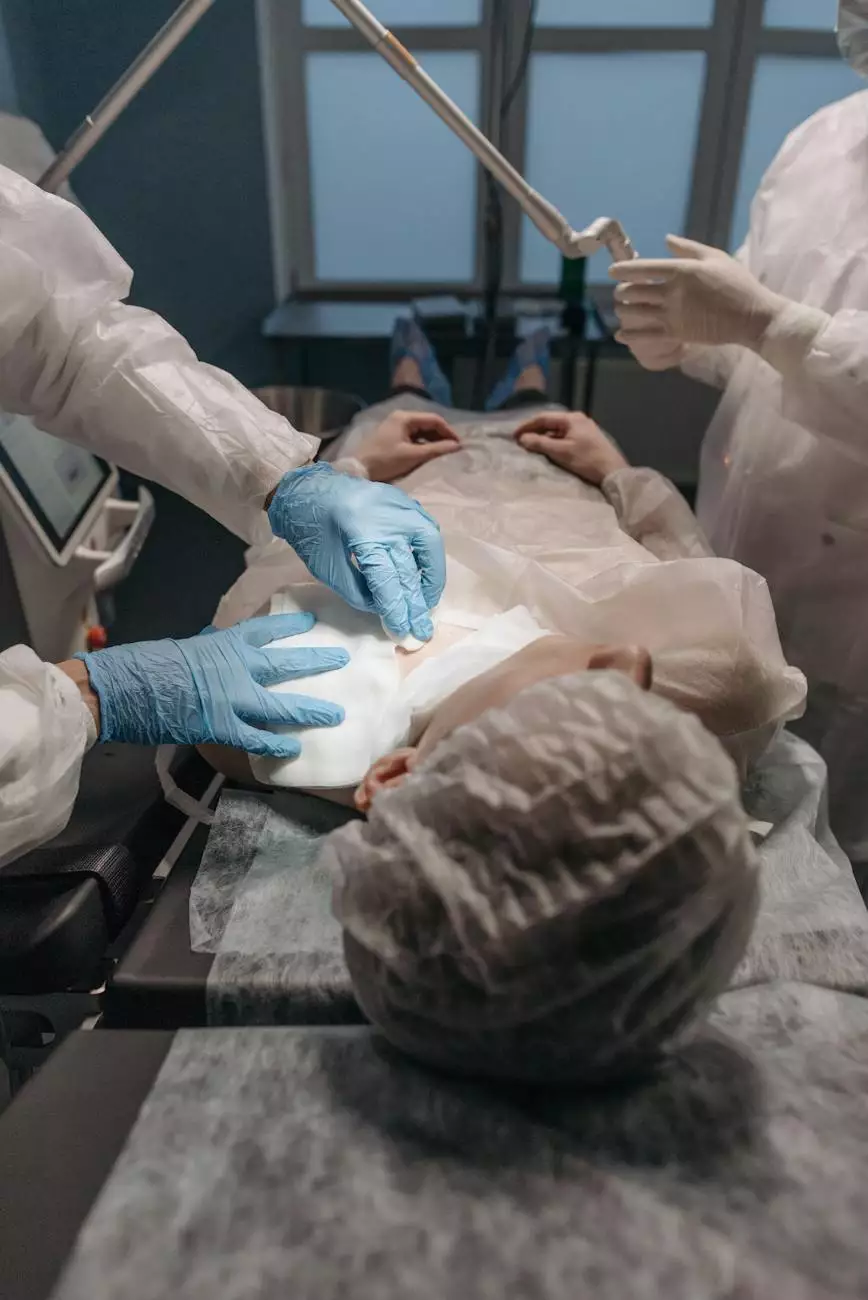7 Most Common Bone Fractures - Healthgrades
Services
Introduction
Welcome to the informative and comprehensive guide on the 7 most common bone fractures brought to you by Benjamin Shettell, MD at Fusion Healthcare in Redding. As a leading orthopedic specialist, Dr. Shettell has extensive experience in diagnosing and treating various bone fractures. In this article, we will delve into the details of each fracture type, their causes, symptoms, and recommended treatments. By gaining a better understanding of these fractures, you will be better prepared to identify them and seek appropriate medical care.
1. Fractured Collarbone (Clavicle)
The clavicle, commonly known as the collarbone, is a bone that connects the shoulder blade to the breastbone. A fractured clavicle can occur due to a fall on an outstretched arm or a direct blow to the shoulder. Symptoms typically include pain, swelling, and difficulty moving the arm. Treatment options for clavicle fractures range from conservative methods, such as the use of slings or braces, to surgical intervention depending on the severity of the fracture.
2. Wrist Fracture (Colles' Fracture)
A Colles' fracture is a type of wrist fracture that occurs when the radius, one of the two main bones in the forearm, breaks near the wrist joint. This fracture usually results from a fall onto an outstretched hand. Individuals with Colles' fractures may experience severe pain, swelling, and deformity of the wrist. Treatment typically involves immobilization through the use of splints or casts, and in some cases, surgical intervention may be required.
3. Ankle Fracture
An ankle fracture refers to a break in the bones that make up the ankle joint, including the tibia, fibula, and talus. These fractures commonly occur due to twisting or rolling the ankle forcefully. Symptoms of an ankle fracture include severe pain, swelling, bruising, and an inability to bear weight on the affected ankle. Treatments for ankle fractures range from immobilization with a cast or brace to surgical procedures like open reduction and internal fixation.
4. Hip Fracture
Hip fractures are often associated with the elderly population and can significantly impact mobility and quality of life. There are different types of hip fractures, including femoral neck fractures and intertrochanteric fractures. These fractures usually result from falls or direct trauma. Symptoms include severe hip pain, inability to bear weight, and possible leg shortening. Treatment commonly involves surgical intervention to stabilize the fracture through the use of implants or joint replacement.
5. Compression Fracture (Vertebra)
A compression fracture refers to the collapse of one or more vertebrae in the spine. This fracture type is most commonly seen in individuals with osteoporosis, a condition characterized by reduced bone density. Symptoms may include sudden onset back pain, loss of height, and a hunched forward posture. Treatment options range from rest and pain management to the use of spinal braces or surgery depending on the severity and individual patient needs.
6. Rib Fracture
Rib fractures are often caused by direct trauma to the chest, such as from a fall, sports injury, or motor vehicle accident. Symptoms typically include sharp chest pain that worsens with deep breathing or coughing, tenderness, and potential bruising. Rib fractures are usually managed conservatively with pain management, support with rib belts, and rest. However, in certain cases where severe complications arise, surgery may be needed to stabilize the fractured ribs.
7. Stress Fracture
A stress fracture is a small crack or severe bruising within a bone, commonly affecting weight-bearing bones like the tibia or metatarsals. These fractures frequently occur due to repetitive stress and overuse, often seen in athletes or individuals who engage in vigorous physical activities. Symptoms may include localized pain, swelling, and tenderness. Treatment generally involves adequate rest, modifying activities, and sometimes the use of braces or orthotics to facilitate healing.
Conclusion
These 7 most common bone fractures can occur due to various causes and require specialized medical attention for accurate diagnosis and treatment. Benjamin Shettell, MD at Fusion Healthcare in Redding is dedicated to providing exceptional orthopedic care to patients suffering from bone fractures. If you suspect a bone fracture or have any concerns related to bone health, contact Dr. Shettell and his team for expert evaluation and personalized treatment plans.










